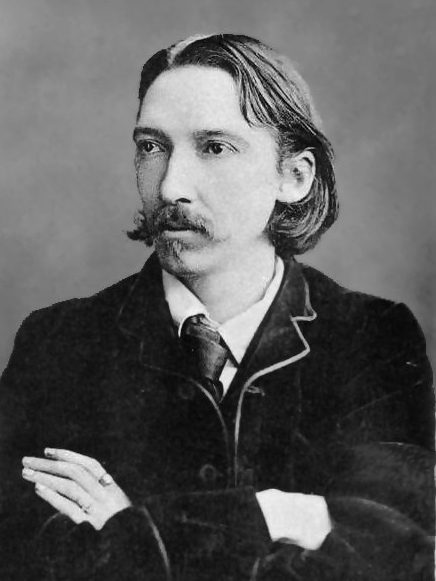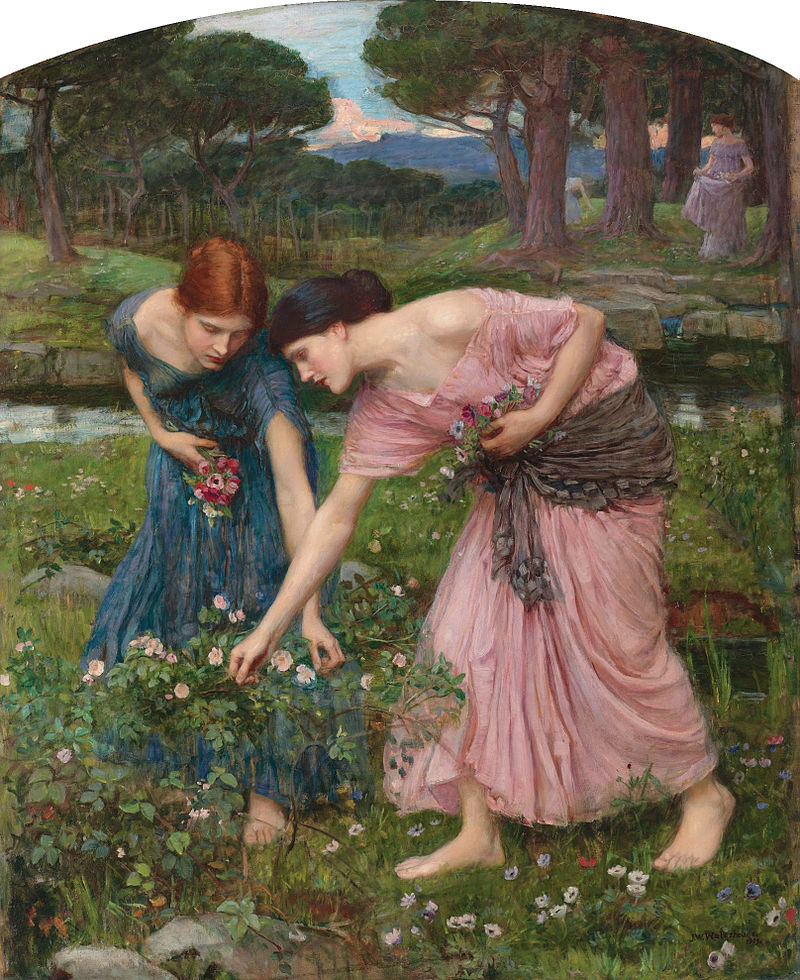- Aesop's fable
The fables originally belonged to the oral tradition and were not collected for some three centuries after Aesop’s death. By that time a variety of other stories, jokes and proverbs were being ascribed to him, although some of that material was from sources earlier than him or came from beyond the Greek cultural sphere. The process of inclusion has continued until the present, with some of the fables unrecorded before the later Middle Ages and others arriving from outside Europe. The process is continuous and new stories are still being added to the Aesop corpus, even when they are demonstrably more recent work and sometimes from known authors.
Manuscripts in Latin and Greek were important avenues of transmission, although poetical treatments in European vernaculars eventually formed another. On the arrival of printing, collections of Aesop’s fables were among the earliest books in a variety of languages. Through the means of later collections, and translations or adaptations of them, Aesop’s reputation as a fabulist was transmitted throughout the world.
Initially the fables were addressed to adults and covered religious, social and political themes. They were also put to use as ethical guides and from the Renaissance onwards were particularly used for the education of children. Their ethical dimension was reinforced in the adult world through depiction in sculpture, painting and other illustrative means, as well as adaptation to drama and song. In addition, there have been reinterpretations of the meaning of fables and changes in emphasis over time.
◎An Ass Eating Thistles

An Ass was loaded with good provisions of several sorts, which, in time of harvest, he was carrying into the field for his master and the reapers to dine upon. By the way he met with a fine large Thistle, and, being very hungry, began to mumble it; and while he was doing so he entered into this reflection: "How many greedy epicures would think themselves happy, amidst such a variety of delicate viands as I now carry! But to me this bitter, prickly Thistle is more savory and relishing than the most exquisite and sumptuous banquet. Let others choose what they may for food, but give me, above everything, a fine juicy thistle like this and I will be content."
▸Moral" one man's meat is another man's poison."
◎ The Fox Without a Tail
It happened that a Fox caught its tail in a trap, and in struggling to release himself lost all of it but the stump. At first he was ashamed to show himself among his fellow foxes. But at last he determined to put a bolder face upon his misfortune, and summoned all the foxes to a general meeting to consider a proposal which he had to place before them. When they had assembled together the Fox proposed that they should all do away with their tails. He pointed out how inconvenient a tail was when they were pursued by their enemies, the dogs; how much it was in the way when they desired to sit down and hold a friendly conversation with one another. He failed to see any advantage in carrying about such a useless encumbrance. “That is all very well,” said one of the older foxes; “but I do not think you would have recommended us to dispense with our chief ornament if you had not happened to lose it yourself.”
▸Moral"Misery loves company"
- Robert Louis Stevenson
 Robert Louis Balfour Stevenson (13 November 1850 – 3 December 1894) was a Scottish novelist, poet, essayist, and travel writer. His most famous works are Treasure Island, Kidnapped, Strange Case of Dr Jekyll and Mr Hyde and A Child's Garden of Verses.
Robert Louis Balfour Stevenson (13 November 1850 – 3 December 1894) was a Scottish novelist, poet, essayist, and travel writer. His most famous works are Treasure Island, Kidnapped, Strange Case of Dr Jekyll and Mr Hyde and A Child's Garden of Verses.
A literary celebrity during his lifetime, Stevenson now ranks as the 26th most translated author in the world. His works have been admired by many other writers, including Jorge Luis Borges, Bertolt Brecht, Marcel Proust, Arthur Conan Doyle, Henry James, Cesare Pavese, Emilio Salgari, Ernest Hemingway, Rudyard Kipling, Jack London, Vladimir Nabokov, J. M. Barrie, and G. K. Chesterton, who said of him that he "seemed to pick the right word up on the point of his pen, like a man playing spillikins".
Treasure Island is an adventure novel by Scottish author Robert Louis Stevenson, narrating a tale of "buccaneers and buried gold". It was originally serialized in the children's magazine Young Folks between 1881 through 1882 under the title Treasure Island, or the mutiny of the Hispaniola, credited to the pseudonym "Captain George North". It was first published as a book on 14 November 1883 by Cassell & Co.
Treasure Island is traditionally considered a coming-of-age story, and is noted for its atmosphere, characters, and action. It is also noted as a wry commentary on the ambiguity of morality—as seen in Long John Silver—unusual for children's literature. It is one of the most frequently dramatized of all novels. Its influence is enormous on popular perceptions of pirates, including such elements as treasure maps marked with an "X", schooners, the Black Spot, tropical islands, and one-legged seamen bearing parrots on their shoulders.
● Carpe diem
▸Traslation"seize the day"
◎Gather Ye Rosebuds While Ye May
"To the Virgins, to Make Much of Time" is a poem written by English Cavalier poet Robert Herrick in the 17th century. The poem is in the genre of carpe diem, Latin for seize the day. It goes as follows:
▸ Gothic architecture
 Gather ye rosebuds while ye may,
Gather ye rosebuds while ye may,- (有花堪折直須折)
- Old Time is still a-flying;
- And this same flower that smiles today
- To-morrow will be dying.
- The glorious lamp of heaven, the sun,
- The higher he's a-getting,
- The sooner will his race be run,
- And nearer he's to setting.
- That age is best which is the first,
- When youth and blood are warmer;
- But being spent, the worse, and worst
- Times still succeed the former.
- Then be not coy, but use your time,
- And, while ye may, go marry:
- For having lost but once your prime,
- You may forever tarry.
- Gothic
▸ Gothic architecture
Gothic architecture is a style of architecture that flourished in Europe during the high and late medieval period. It evolved from Romanesque architecture and was succeeded by Renaissance architecture. Originating in 12th-century France and lasting into the 16th century, Gothic architecture was known during the period as Opus Francigenum ("French work") with the term Gothic first appearing during the later part of the Renaissance. Its characteristics include the pointed arch, the ribbed vault (which evolved from the joint vaulting of romanesque architecture) and the flying buttress. Gothic architecture is most familiar as the architecture of many of the great cathedrals, abbeys and churches of Europe. It is also the architecture of many castles, palaces, town halls, guild halls, universities and to a less prominent extent, private dwellings, such as dorms and rooms.
It is in the great churches and cathedrals and in a number of civic buildings that the Gothic style was expressed most powerfully, its characteristics lending themselves to appeals to the emotions, whether springing from faith or from civic pride. A great number of ecclesiastical buildings remain from this period, of which even the smallest are often structures of architectural distinction while many of the larger churches are considered priceless works of art and are listed with UNESCO as World Heritage Sites. For this reason a study of Gothic architecture is largely a study of cathedrals and churches.
A series of Gothic revivals began in mid-18th-century England, spread through 19th-century Europe and continued, largely for ecclesiastical and university structures, into the 20th century.


▸ Gothic fiction
Gothic fiction, which is largely known by the subgenre of Gothic horror, is a genre or mode of literature and film that combines fiction and horror, death, and at times romance. Its origin is attributed to English author Horace Walpole, with his 1764 novel The Castle of Otranto, subtitled (in its second edition) "A Gothic Story." The effect of Gothic fiction feeds on a pleasing sort of terror, an extension of Romantic literary pleasures that were relatively new at the time of Walpole's novel. It originated in England in the second half of the 18th century and had much success in the 19th, as witnessed by Mary Shelley’s Frankenstein and the works of Edgar Allan Poe. Another well known novel in this genre, dating from the late Victorian era, is Bram Stoker’s Dracula. The name Gothic refers to the (pseudo)-medieval buildings, emulating Gothic architecture, in which many of these stories take place. This extreme form of romanticism was very popular in England and Germany. The English Gothic novel also led to new novel types such as the German Schauerroman and the French Georgia.
- Didacticism

The term has its origin in the Ancient Greek word διδακτικός (didaktikos), "related to education and teaching", and signified learning in a fascinating and intriguing manner.
Didactic art was meant both to entertain and to instruct. Didactic plays, for instance, were intended to convey a moral theme or other rich truth to the audience. An example of didactic writing is Alexander Pope's An Essay on Criticism (1711), which offers a range of advice about critics and criticism. An example of didactism in music is the chant Ut queant laxis, which was used by Guido of Arezzo to teach solfege syllables.
Around the 19th century the term didactic came to also be used as a criticism for work that appears to be overburdened with instructive, factual, or otherwise educational information, to the detriment of the enjoyment of the reader (a meaning that was quite foreign to Greek thought). Edgar Allan Poe even called didacticism the worst of "heresies" in his essay The Poetic Principle.
- Paparazzi

沒有留言:
張貼留言